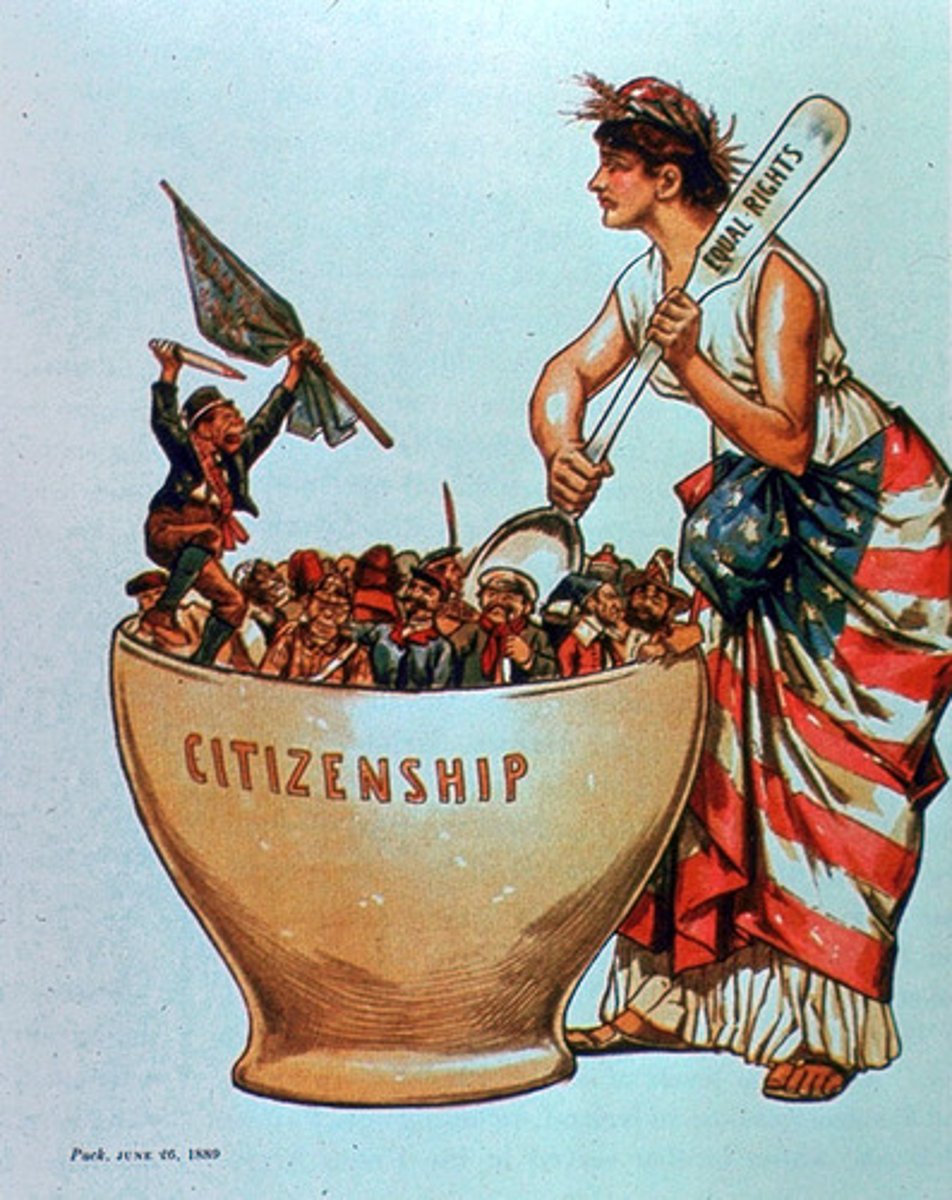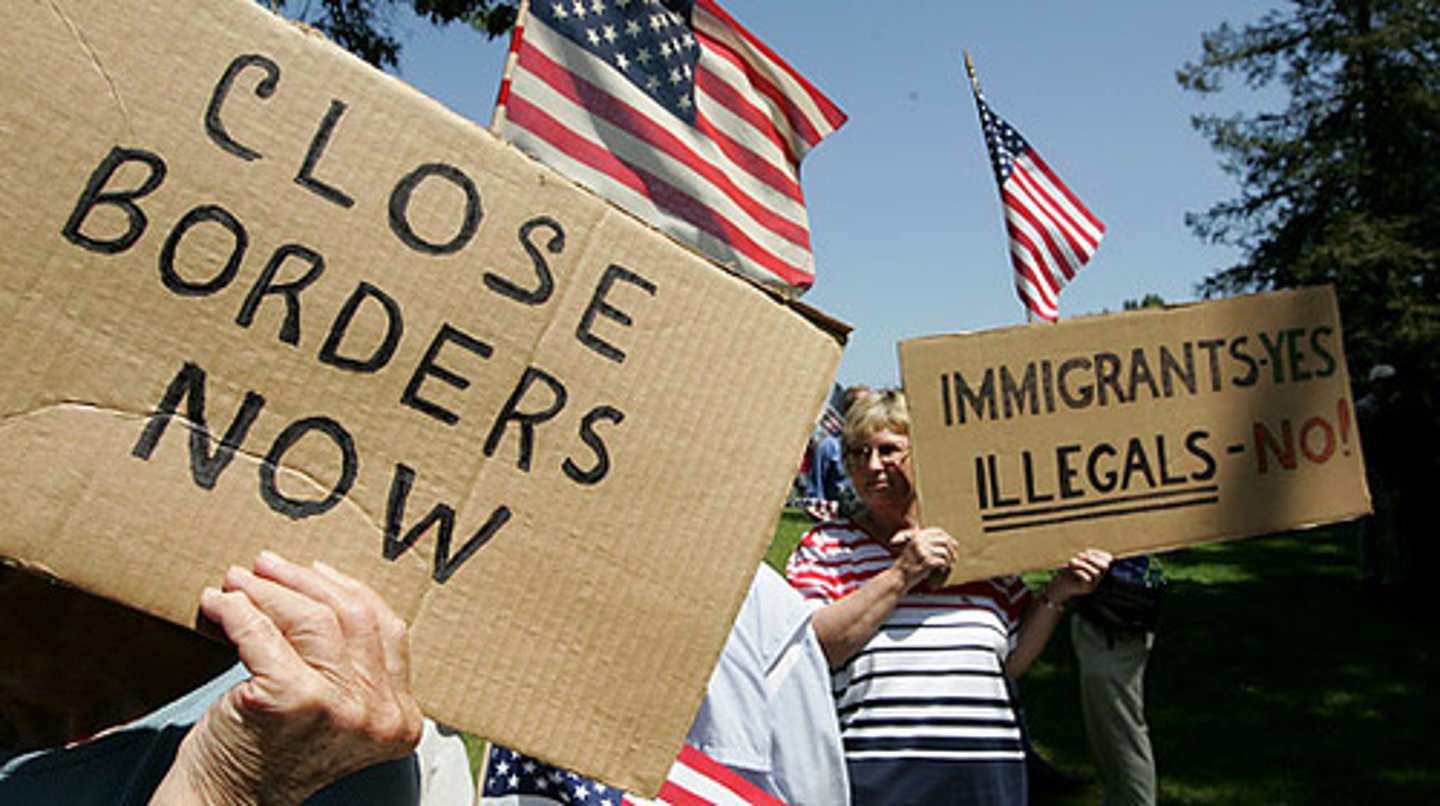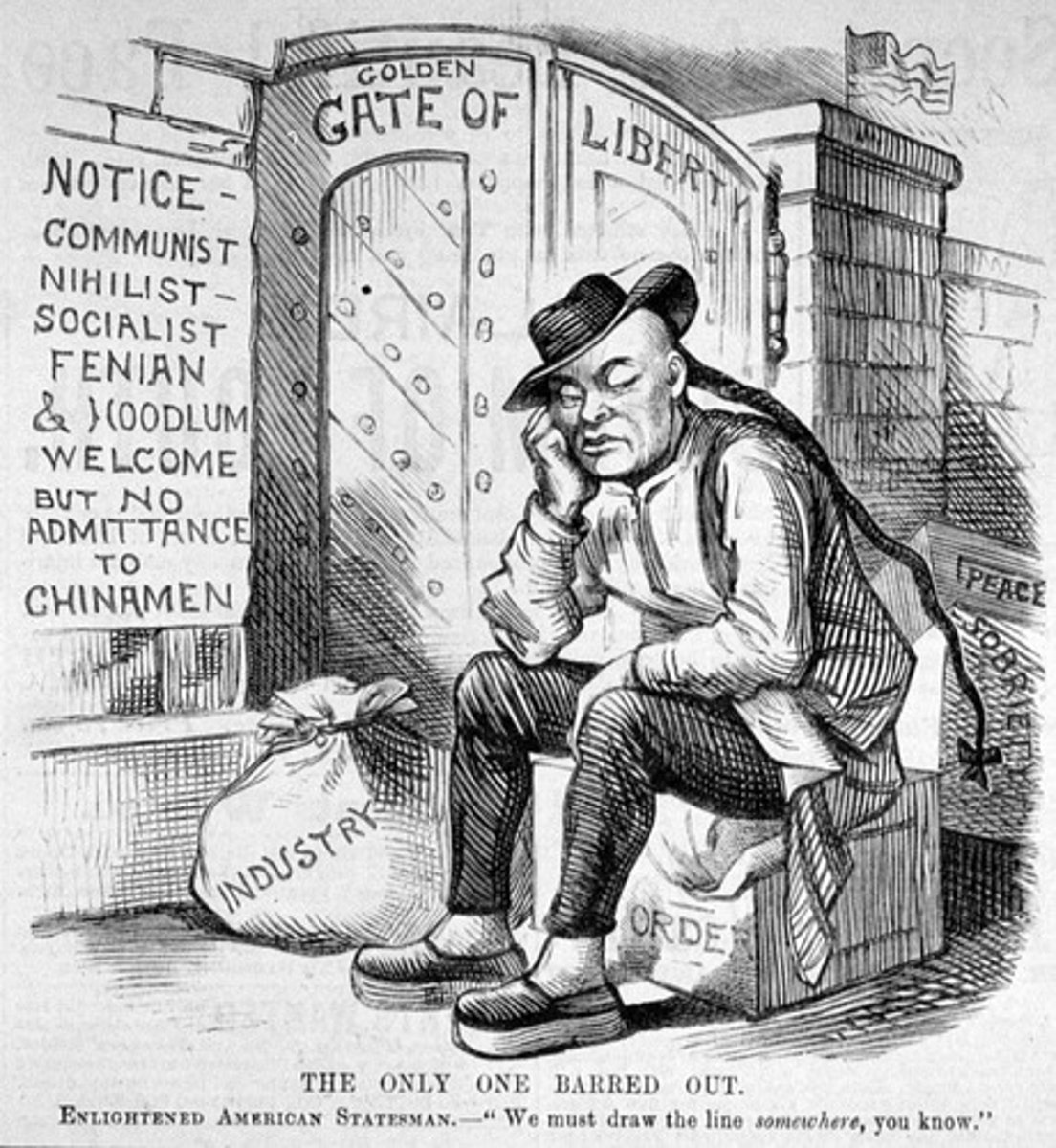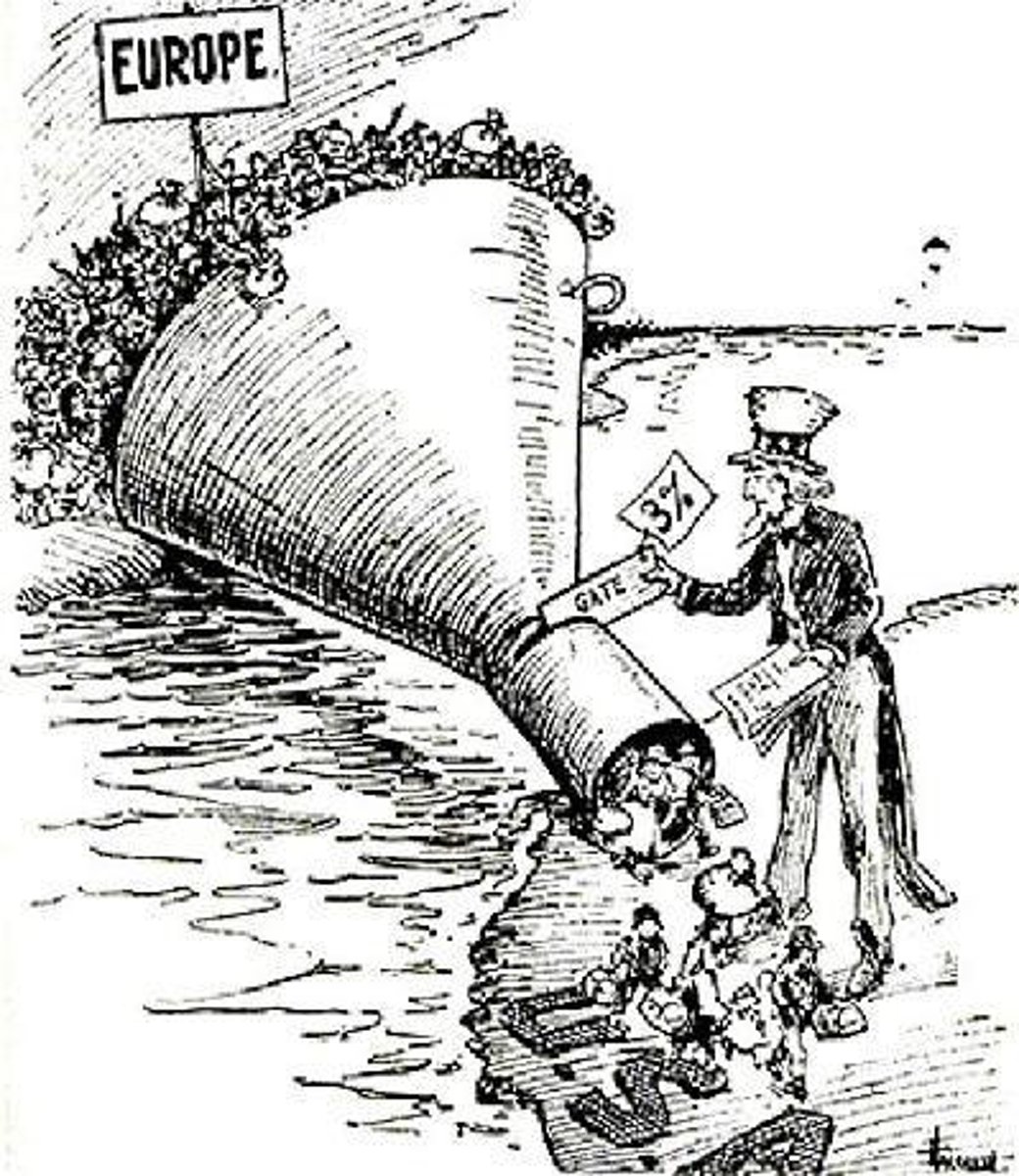US - Immigration/Migration/West
1/22
There's no tags or description
Looks like no tags are added yet.
Name | Mastery | Learn | Test | Matching | Spaced |
|---|
No study sessions yet.
23 Terms
New Immigrants
Immigrants who came to the United States during and after the 1880s; most were from southern and eastern Europe.
Poor
Uneducated
Less likely to assimilate

Old Immigrants
immigrants who had come to the US before the 1880s from Britain, Germany, Ireland, and Scandenavia, or Northern Europe
Skilled
Assimilated
Educated
New immigrants vs. old immigrants
These immigrants came to America from Northwest Europe before 1890, and there were other immigrants that came to America from Southern and Eastern Europe after 1890. The main differences between these two types of immigrants was their language (few spoke English), religion (Catholic and Jewish), and race (did not "look" American).

Assimilation
the social process of absorbing one cultural group into harmony with another

Nativism
the policy of protecting the interests of native-born or established hate against those of immigrants.

Push factors for immigration
Poverty
Political Repression - No freedom
Ethnic conflict and War
No jobs
Starvation: Irish Potato Famine 1846-1851
Pull Factors of Immigration
Economic Opportunity ($)
Jobs/ workers were needed
Land
Peace and stability
Freedom to make a better life
Ellis Island
An immigrant receiving station in New York where mostly European immigrants came

Angel Island
The immigration station on the west coast where Asian immigrants, mostly Chinese gained admission to the U.S. at San Francisco Bay.
Chinese Exclusion Act
1882 law that prohibited the immigration of Chinese laborers

National Origins Act
limited immigration to 2% of the number of foreign-born persons from a given nation

Political Bosses
Leaders of political machines that bribed citizens in order to receive votes
political machine
A party organization that recruits voter loyalty with tangible incentives and is characterized by a high degree of control over member activity
Boss Tweed
A political boss who carried corruption to new extremes, and cheated the city out of more than $100 million
Tammany Hall
Political machine in New York, headed by Boss Tweed.
Thomas Nast
Political cartoonist
Native Americans
Forced to move west onto reservations. Were often killed from smallpox disease from European settlers.
Dawes Act
1887 law that distributed reservation land to individual Native American owners
Buffalo Soldiers
Nickname for African-American soldiers who fought in the wars against Native Americans living on the Great Plains during the 1870s
Reservations
A designated area of land that Native American Tribes lived on
Indian Wars
1850 to 1890; series of conflicts between the US Army / settlers and different Native American tribes
Ghost Dance
a religious dance of native Americans looking for communication with the dead
Battle of Wounded Knee
US soldiers massacred 300 unarmed Native American in 1890. This ended the Indian Wars.